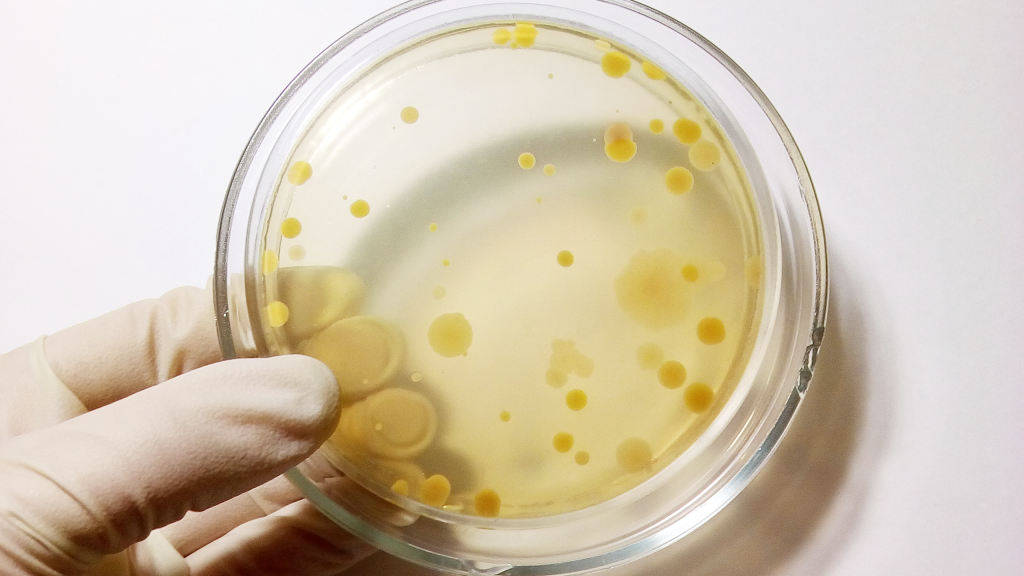The Power of Air Sampling: How My Long Island Mold Removal Uses Advanced Techniques to Detect Invisible Mold Spores and Airborne Pollutants in Your Home
January 3, 2025
When you suspect mold growth in your home, air sampling is the most effective method to detect invisible mold spores and airborne pollutants. This process involves using specialized devices like cassette samplers and impaction devices to collect known amounts of air from various areas of your home. These samples are then sent to a lab for analysis, either through viable testing, where spores grow on a petri dish, or non-viable testing, where spores are examined under a microscope. This approach allows for precise identification of the type and concentration of mold spores, guiding tailored remediation plans and ensuring the restoration of safe indoor air quality. By understanding these advanced techniques, you can better address hidden mold issues and reduce health risks associated with mold exposure. Continuing to explore these methods will provide you with a thorough strategy for effective mold removal. The Power of Air Sampling: How My Long Island Mold Removal Uses Advanced Techniques to Detect Invisible Mold Spores and Airborne Pollutants in Your Home When you suspect mold in your home, air sampling is a vital method to detect invisible mold spores and airborne pollutants. My Long Island Mold Removal employs advanced air sampling techniques, collecting air samples from various areas to analyze and assess air quality, identifying hidden mold issues through both non-viable and viable testing methods. By pinpointing the presence and concentration of mold spores, you can understand the health implications, benefit from early detection, and guarantee accurate quantification to tailor an effective remediation plan. Introduction to Air Sampling for Mold DetectionWhen you suspect mold in your home, air sampling is a vital method for detecting invisible mold spores and airborne pollutants. This process involves collecting known amounts of air from different areas of your home using a collection device, which then captures mold spores on a sticky surface or culture media. These samples are sent to a lab for analysis, where they are examined under a microscope or allowed to grow in a controlled environment to identify the presence, concentration, and type of mold, enabling precise remediation plans. How air sampling works and why it’s essential for detecting invisible mold spores and pollutantsAir sampling for mold detection involves a precise and methodical process that captures and analyzes airborne mold spores and pollutants. You use a collection device that pulls in a known amount of air, which is then sent to a lab for analysis. This process is vital for evaluating indoor air quality, identifying hidden mold issues, and determining the concentration of mold spores present. Two main types of testing, viable and non-viable, help pinpoint the type and amount of mold, ensuring a tailored remediation plan to improve your home’s air quality and safety. The Air Sampling Process: From Detection to RemediationWhen you engage My Long Island Mold Removal for air sampling, the process begins with the collection of known amounts of air from various areas of your home using specialized devices such as cassette samplers, airborne particle devices, and impaction devices. These samples are then sent to a lab for analysis to identify and measure the presence and concentration of mold spores, utilizing either viable or non-viable testing methods to determine the type and extent of mold contamination. This precise data allows the technicians to create a tailored remediation plan, addressing the root cause of the mold issue and ensuring effective removal and improved indoor air quality. How My Long Island Mold Removal uses air sampling to identify hidden mold problems and create tailored remediation plansMy Long Island Mold Removal employs advanced air sampling techniques to pinpoint hidden mold problems and craft tailored remediation plans. By collecting air samples from various areas, they analyze and assess indoor air quality, identifying mold spores even when not visible. This process helps create a precise mold remediation plan, ensuring improved air quality and a safe environment for homeowners. Health Implications of Mold Spores and Airborne PollutantsExposure to mold spores and airborne pollutants can trigger a range of health issues, including allergic reactions, asthma symptoms, and respiratory problems. You may experience irritation of the eyes, skin, nose, throat, and lungs, as well as symptoms like coughing, wheezing, nasal congestion, and sore throat. Prolonged exposure can even lead to more severe conditions such as respiratory disease, heart disease, and potentially cancer, underscoring the importance of air sampling in evaluating and addressing these health risks. Why air sampling is crucial for assessing indoor air quality and addressing health risks associated with mold exposureAir sampling is a critical component in evaluating indoor air quality and addressing the health risks associated with mold exposure. By collecting air samples, you can detect invisible mold spores and airborne pollutants, even when they are hidden within walls, ceilings, or HVAC systems. This helps guarantee that mold remediation is successful, reduces health risks such as allergies and respiratory problems, and improves overall indoor air quality. Benefits of Early Detection and Accurate QuantificationAir sampling enables you to detect mold spores early, even when they are not visible, allowing for prompt intervention to prevent larger infestations. By accurately quantifying mold levels, you can assess the effectiveness of remediation efforts and guarantee that the air quality in your home has returned to safe standards. This proactive approach helps protect your health and the integrity of your home by identifying and addressing hidden mold issues before they escalate. How air sampling helps in early detection, quantification of mold levels, and the prevention of larger infestationsWhen suspecting mold growth in your home, early detection is essential for preventing larger infestations and maintaining healthy indoor air quality. Air sampling is a critical method for this purpose.
|
|